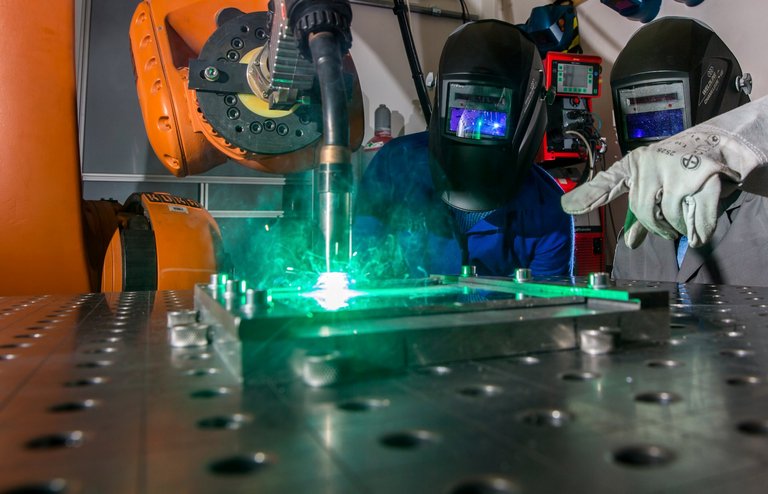At the Thüringer Zentrum für Maschinenbau (Thuringian Center for Mechanical Engineering), a new research group has started under the direction of the TU Ilmenau, which will develop innovative cleaning methods for components during the production process.

Five scientists from TU Ilmenau, Schmalkalden University of Applied Sciences and Ernst Abbe University of Applied Sciences Jena are researching how contamination on metallic and non-metallic surfaces of components resulting from the manufacturing process can be cleaned using laser beams. This will help industry to save considerable costs.
If metal, plastic and glass components are to be painted or galvanized at the end of the production process, the surfaces must be absolutely clean. Material residues left behind by the manufacturing process, oils, greases, mould cleaners or scale would lead to defects. Until now, such contaminated components were either reworked at great expense or rejected altogether. The new research group "RessFBBM" ("Resource Efficient Observation and Laser Material Processing of Surfaces by Multimodal Data Acquisition and Intelligent Data Processing") headed by Prof. Gunther Notni, head of the Group for Quality Assurance and Industrial Image Processing at TU Ilmenau, and Prof. Jean-Pierre Bergmann, head of the Production Technology Group, is now developing a method for cleaning components by laser beam at the end of the production process. The minimization of rework and rejects will help production to save considerable costs.
Since contamination is only localized or occurs irregularly, the researchers are developing special multispectral, image-based sensors whose signals are processed using machine learning methods, i.e. artificial intelligence. In contrast to the wet-chemical cleaning method used so far, the non-contact method avoids the use of hazardous substances. This means that the new method can also be used in sensitive industrial areas, such as clean rooms.
Contact
Prof. Gunther Notni
Head Group for Quality Assurance and Industrial Image Processing

